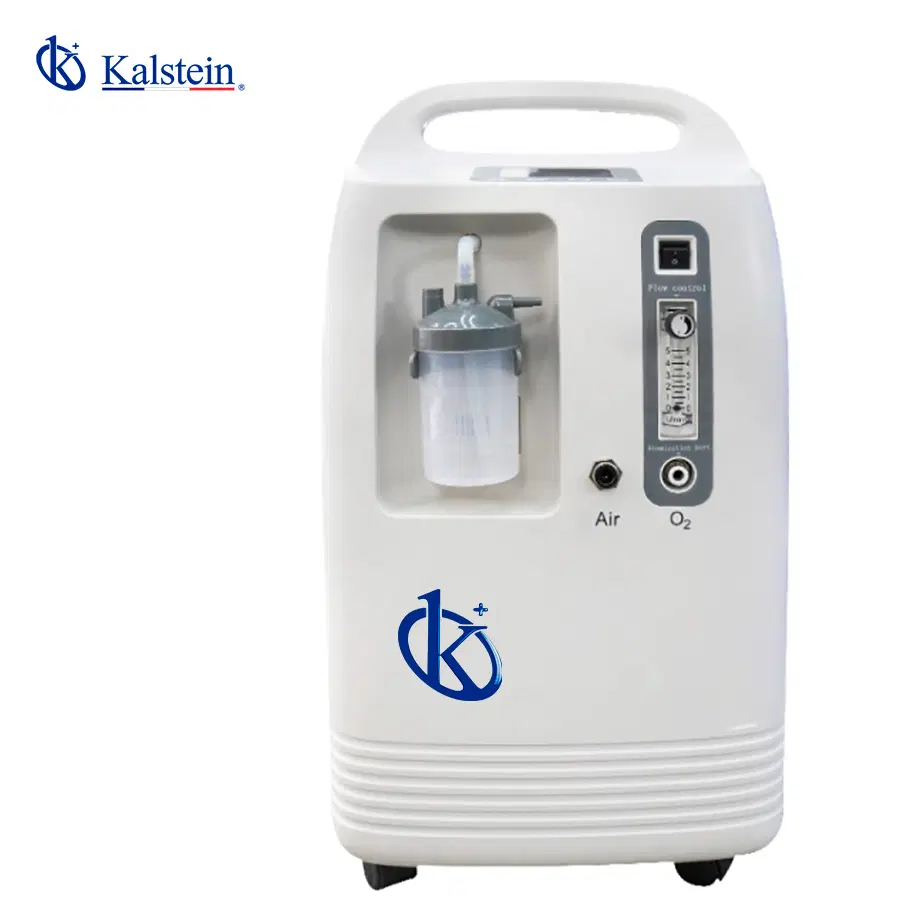The field of medical equipment has advanced significantly in recent years, and stationary oxygen concentrators are no exception. These essential devices for patients with chronic respiratory diseases have experienced innovations that enhance quality of life and user safety.
The most notable innovations include remote monitoring systems, integration with mobile applications, and improvements in energy efficiency. These advancements allow healthcare professionals to monitor the patient’s condition in real-time, adjusting oxygen doses as necessary and ensuring personalized care.
Are you yearning for top-tier medical equipment, ready to enhance the efficiency of your laboratory? Visit https://kalstein.de/category-product/medical-line/oxygen-concentrator/ to explore our high-end catalog, packed with the best finds at the most competitive prices. Excellence marks our brand, we innovate and manufacture high-precision equipment, both reliable and durable to meet your needs. Why wait? Make your quick and secure online purchase, take the leap towards the future of medical technology today. https://kalstein.de/
Developments in Medical Devices: Improving Efficiency and Comfort
Recent developments in medical devices have led to the creation of more compact and quieter stationary oxygen concentrators. Reducing size and noise not only improves patient comfort but also facilitates their integration into the home without being a nuisance.
Additionally, energy efficiency has become a priority. New concentrator models use advanced technologies to reduce energy consumption, resulting in lower operating costs and a smaller carbon footprint, benefiting both users and the environment.
Technological Integration: The Digital Age in Respiratory Care
Technological integration has transformed respiratory care. Modern stationary oxygen concentrators now come equipped with Wi-Fi and Bluetooth connectivity, allowing synchronization with mobile applications and online platforms.
These digital tools offer users and their caregivers greater control and monitoring capabilities. Mobile applications enable adjustments to oxygen levels, receive alerts in case of malfunction, and access detailed reports on device usage and patient status.
Personalization and Adaptability: Meeting Individual Needs
Personalization and adaptability are key trends in medical device design. Stationary oxygen concentrators now offer adjustable settings that can be tailored to each patient’s specific needs.
From variability in oxygen flow rates to alert and monitoring configurations, these devices are designed to provide optimal care. Manufacturers are focused on developing systems that automatically adjust to the patient’s changing needs, ensuring precise and efficient oxygen delivery.
Sustainability and the Environment: An Eco-Friendly Approach to Healthcare
Sustainability is an increasing consideration in the design and production of medical devices. Stationary oxygen concentrators are being designed with recyclable materials and more sustainable manufacturing processes.
Moreover, energy efficiency and emission reduction are priorities in the development of new models. These efforts not only benefit the environment but can also reduce operating costs for users, making respiratory care more accessible and affordable in the long term.
The Importance of Ongoing Training and Support for Users and Caregivers
The effective use of stationary oxygen concentrators requires proper training and ongoing support. Manufacturers and healthcare providers are implementing educational programs to ensure that users and their caregivers fully understand how to operate and maintain these devices.
These programs include online tutorials, technical support lines, and home visits by healthcare professionals. Continuous education and technical support are essential to maximize the benefits of these devices and ensure that patients receive the respiratory care they need.
In conclusion, the latest trends in stationary oxygen concentrators reflect a focus on innovation, efficiency, sustainability, and personalization. These developments ensure that patients receive high-quality respiratory care tailored to their individual needs and aligned with the latest innovations in the field of medical equipment. As technology advances, it is crucial that patients and their caregivers stay informed and trained to make the most of these essential devices.

